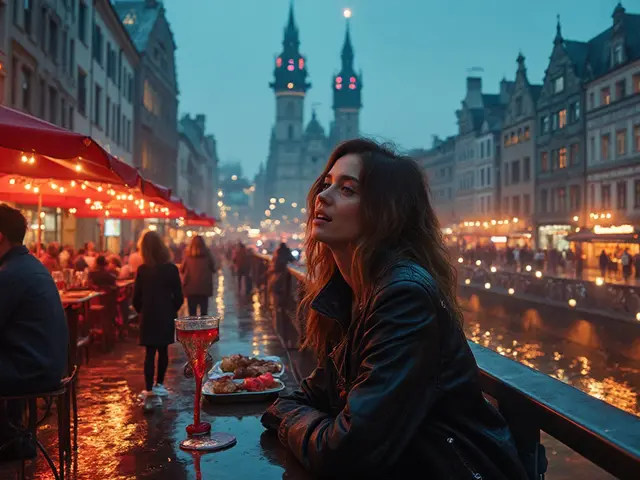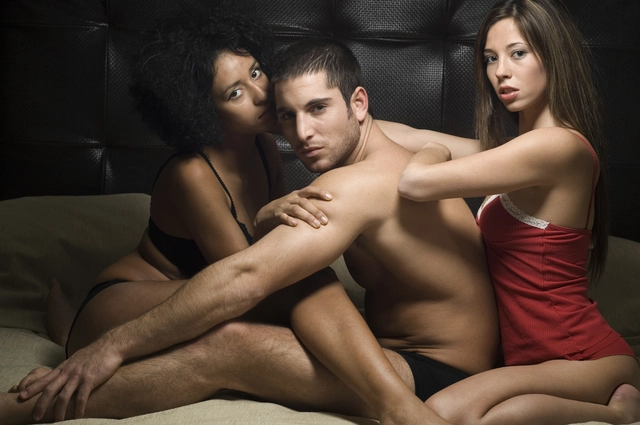
When you think of fashion, you don’t just think of clothes. You think of the people who wear them like second skin-models who turn fabric into stories, who walk runways like they own the air. The top models aren’t just tall and thin. They’re cultural icons, businesspeople, and sometimes, revolutionaries. They’ve changed how beauty is defined, broken racial barriers, and built empires off a single photo shoot.
Who Counts as a Top Model?
There’s no official list. No governing body names the top five. But you know them when you see them. These are the faces that appear on the covers of Vogue, walk for Chanel and Versace, and command six-figure fees for a single day’s work. They’re not just booked for shows-they’re signed to global campaigns with brands like L’Oréal, Estée Lauder, and Dior.
What sets them apart? It’s not just looks. It’s presence. It’s the ability to make a $10,000 dress look like something you’d want to wear tomorrow. It’s consistency. One shoot doesn’t make a top model. Ten years of it do.
Take Gigi Hadid. She didn’t just land a cover at 18. She built a career on versatility-walking for Tommy Hilfiger, starring in Puma ads, launching her own beauty line. She’s not just a face. She’s a brand. Same with Naomi Campbell. She didn’t just walk in the ’90s. She opened doors for Black models in high fashion when few were even considered.
The Evolution of the Top Model
Before the 1980s, models were background players. They wore the clothes. They didn’t get named. Then came the supermodels. Cindy Crawford, Linda Evangelista, Claudia Schiffer, Naomi Campbell, and Christy Turlington-five women who didn’t just model. They became celebrities.
Evangelista famously said, "We don’t wake up for less than $10,000 a day." That wasn’t bragging. It was a new economic reality. For the first time, models were negotiating contracts like CEOs. They had agents, lawyers, and publicists. They appeared on talk shows. They had perfume lines. They were on magazine covers-not just fashion ones, but Time and Newsweek.
Today’s top models operate like tech startups. They have Instagram followings bigger than some TV networks. Bella Hadid has over 50 million followers. Kaia Gerber, at 22, has partnerships with Calvin Klein, Miu Miu, and Chanel-all before turning 25. Their influence isn’t just in fashion shows. It’s in what people buy, what they wear to work, even what they post online.
Who’s on Top Right Now?
As of 2025, the top models aren’t just the ones walking the most runways. They’re the ones shaping trends, breaking norms, and commanding the highest pay. Here are five who define the current era:
- Adut Akech-A South Sudanese-Australian model who rose from refugee status to walking for Saint Laurent and Chanel. She’s the face of the new diversity in fashion-quiet, powerful, and unapologetically herself.
- Emily Ratajkowski-She turned a controversial photoshoot into a career. Now she’s an actress, writer, and model who speaks openly about body autonomy and the business of being photographed.
- Winnie Harlow-With vitiligo, she redefined beauty standards. She’s walked for Moschino, appeared on America’s Next Top Model, and is now a global ambassador for skincare brands.
- Halima Aden-The first hijabi model to walk for Yeezy and Max Mara. She’s not just breaking barriers in fashion-she’s changing what’s considered "wearable" in mainstream media.
- Jinxing Wang-A Chinese model who became the first Asian woman to open a Prada show in over a decade. She’s now the face of Dior Beauty in Asia.
These aren’t just faces. They’re movements. Each one represents a shift-toward inclusion, authenticity, and control over their own image.
How Do You Become a Top Model?
There’s no formula. But there are patterns.
Most top models were scouted before they turned 16. Many were discovered on social media, in subway stations, or at school. But getting noticed is just step one. What comes after is brutal.
You need:
- A unique look-not just "pretty," but memorable. Think of Kate Moss’s waif frame or Naomi’s sharp jawline.
- Discipline. Models work 14-hour days, travel across continents weekly, and often live out of suitcases for months.
- Resilience. Rejection is constant. You might audition for 50 jobs and book one.
- Business sense. Top models hire managers, understand contracts, and negotiate rights to their own images.
- A voice. The best models today don’t just pose. They speak. They advocate. They write books. They launch brands.
There’s also a dark side. The industry still struggles with body image, exploitation, and racial bias. But the new generation of top models is changing that. They’re calling out agencies. They’re demanding fair pay. They’re refusing to work with brands that don’t align with their values.
The Business Behind the Beauty
Top models don’t just earn from runway walks. Their income comes from:
- High-fashion campaigns (often $200,000-$1 million per campaign)
- Beauty and fragrance deals (L’Oréal pays top models up to $5 million annually)
- Brand partnerships (e.g., Gigi Hadid x Tommy Hilfiger)
- Merchandise and product lines (Bella Hadid’s jewelry line, Kaia Gerber’s skincare)
- Media appearances and influencer marketing (Instagram posts can earn $50,000-$200,000 each)
Some top models make over $10 million a year. A few, like Karlie Kloss and Adriana Lima, have built businesses worth hundreds of millions.
And it’s not just about money. It’s about legacy. Naomi Campbell founded a modeling agency for young African models. Adut Akech supports refugee education programs. Winnie Harlow speaks at TED Talks about self-acceptance.
What’s Next for Top Models?
The future isn’t just about who walks the runway. It’s about who controls the narrative.
AI-generated models are rising-digital faces like Lil Miquela. But they don’t have real stories. People still connect with real people. Real struggles. Real triumphs.
Top models today are becoming directors, producers, and entrepreneurs. They’re using their platforms to push for change in the industry. They’re demanding better pay for models of color. They’re calling out agencies that exploit minors. They’re creating their own media.
The next generation won’t just be models. They’ll be CEOs, activists, and storytellers. The runway is just the beginning.
Who is the highest-paid model in the world right now?
As of 2025, the highest-paid model is Gigi Hadid, with an estimated annual income of $12 million. Her earnings come from global campaigns with Tommy Hilfiger, Maybelline, and her own beauty line. She’s followed closely by Kaia Gerber and Bella Hadid, who each earn over $8 million annually through brand deals and runway work.
Do you have to be tall to be a top model?
Traditionally, yes-women were expected to be at least 5’9" and men 6’0". But that’s changing. Models like Winnie Harlow (5’8") and Adut Akech (5’9.5") have broken the mold. Today, brands care more about uniqueness and presence than exact height. Many street-style and commercial models are shorter and still land major campaigns.
How do top models get discovered?
Most are scouted before age 16-by agents at malls, schools, or on Instagram. Social media has become the biggest discovery tool. Models like Bella Hadid and Kaia Gerber were found because their photos went viral. Some are found at fashion weeks or through modeling competitions. But being found is only the first step. Success comes from hard work, professionalism, and building relationships with designers and photographers.
Are top models still relevant with AI models rising?
Yes, more than ever. AI models like Lil Miquela are used for digital campaigns, but they lack authenticity. People still connect with real human stories-struggles, diversity, resilience. Top models today are more than faces-they’re voices. Brands know that real people drive real loyalty. AI can’t cry on a runway. Real models can.
Can you be a top model without moving to New York or Paris?
It’s harder, but not impossible. Major agencies still operate out of New York, Paris, Milan, and London. But with Zoom castings and digital portfolios, models from Lagos, Manila, and São Paulo are landing global contracts. Brands now prioritize diversity over geography. If you have the look, the drive, and the social media presence, you don’t need to live in a fashion capital to make it.



